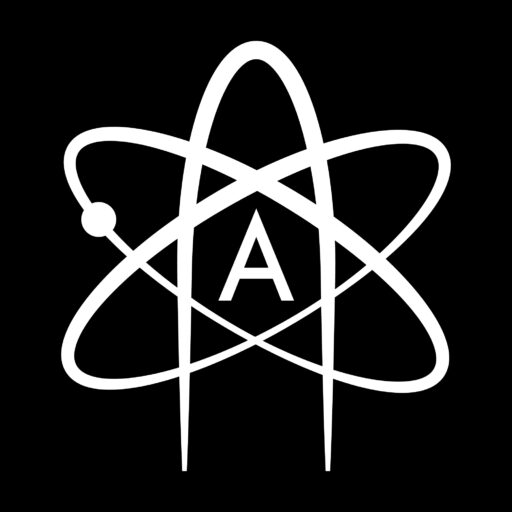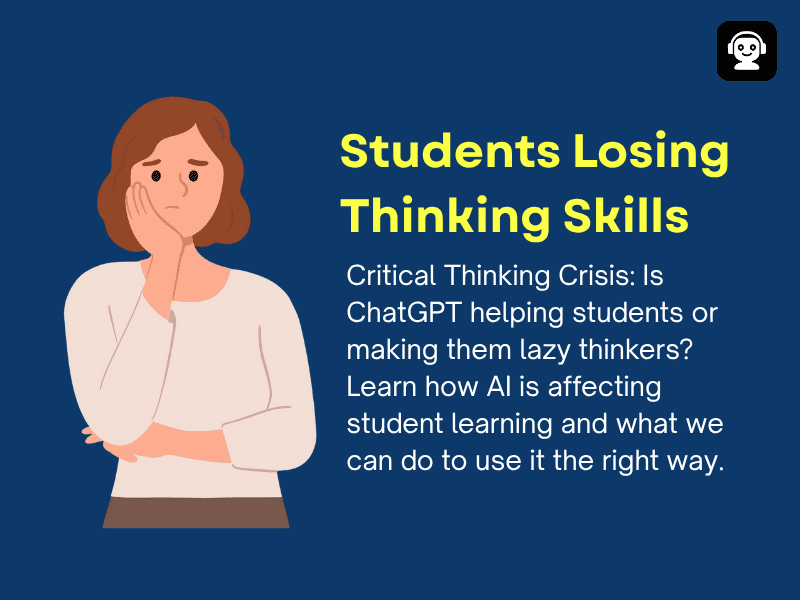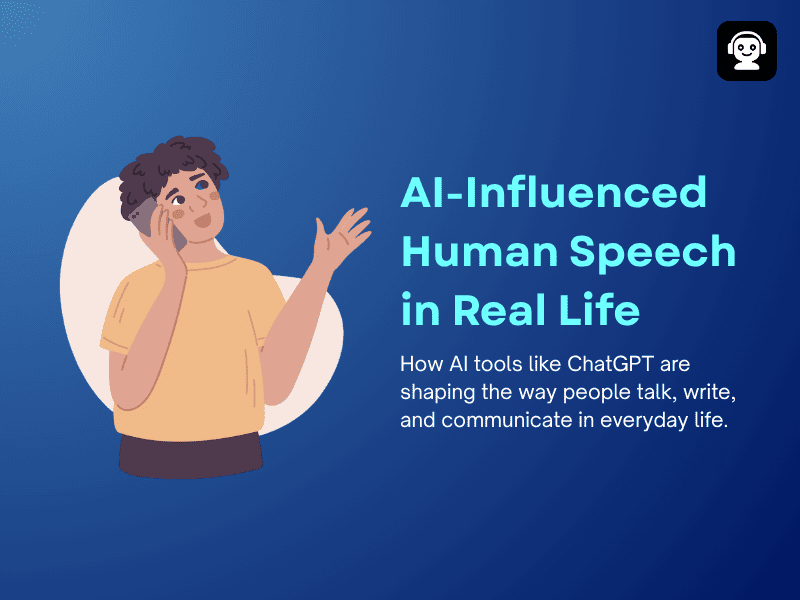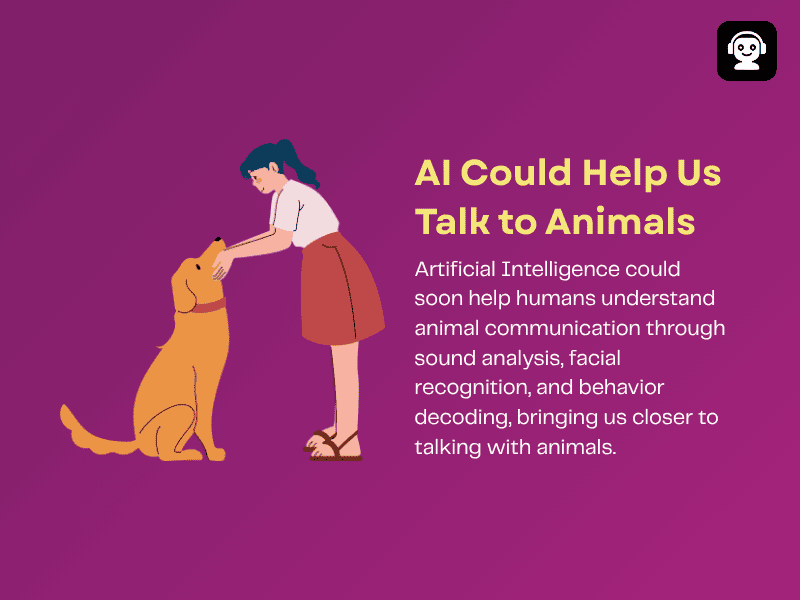Is Artificial Intelligence for Utility Field Operations the Next Big Leap or Just Hype in 2025?
Artificial intelligence is making its place in every place, in every area, but its role in fieldwork is still
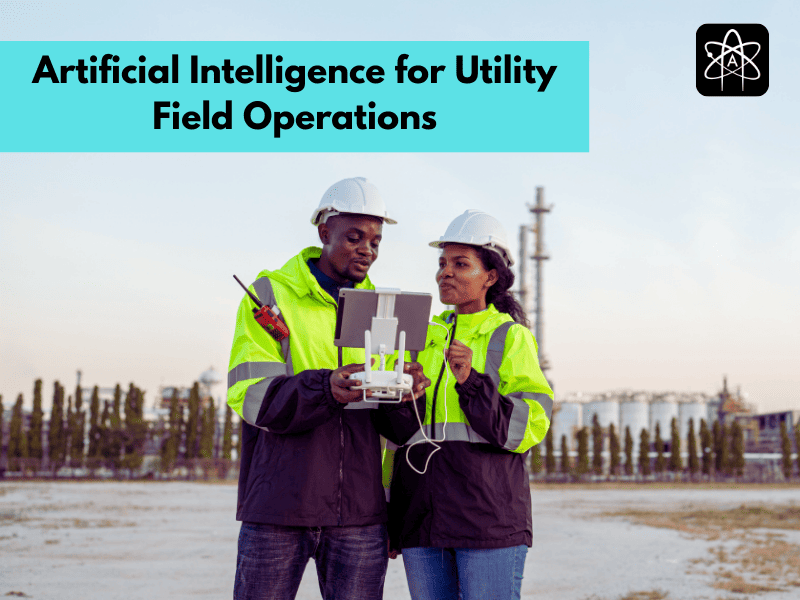
Artificial intelligence is making its place in every place, in every area, but its role in fieldwork is still cautious. The field team works on practical things; their work is most of the time not at a desktop but in the real world, doing physical things. The people who work in fieldwork are looking for tools that can make their working process easier, not tools that just give ideas. The T&D Webinar is trying to focus on avoiding unnecessary hype and showing the right AI-powered fieldwork solutions for utility professionals, a practical and clear path to use artificial intelligence for utility field operations in daily life, in a way that will help in making things easier.
Field Workers’ Practical Expectations of AI
The field workers usually deal with machinery and old systems, and introducing AI in fieldwork is not that easy in this case. The works don’t need the idea, which can help; they need the benefit, which can show results, like making manual work less, improving safety, and also making the task easier. There are many tools which can help online, but they need something which can make a difference in their offline work.
Imagine your work is taking things from one place to another, and instead of providing the tool that can make managing those things easier, the AI is giving you motivation to pick it up, sounds not helpful, right? That’s how the AI becomes unusable in practical work life. Many workers are happy to move from clipboards to spreadsheets with Artificial Intelligence for Utility Field Operations, and also field workers’ practical expectations from AI are very simple.
What the T&D Webinar Covers
- Making sense of data: In fieldwork, managing data is one of the most time-consuming and unmanaged things. Instead of doing everything from scratch, AI can help in bringing useful insights from the data companies already have.
- Real-world uses: The webinar showed that artificial intelligence for utility field operations is already there and working, like in inspection, creating long, accurate reports, and helping in making the right and better decisions. The works also need to be trained to use AI in a better way.
- Step-by-step roadmap: The attendees in the conference will get a clear plan to start using AI applications in utilities in the right way by starting with small but effective steps, then building trust, showing results, and explaining its use over time.
- AI as a Helper: In the webinar, it was scholarly mentioned that the purpose of AI in fieldwork is to make work easier by giving repetitive tasks to AI. The aim of AI is not to replace humans, but this is still not possible in the long term. There are many things that can only be managed by humans with their basic understanding of things.
Why Artificial Intelligence for Utility Field Operations Matters:
The AI in fieldwork is to save time by handling repetitive tasks. The fieldwork is risky and requires a lot of hard work, and for that, safety AI spots the same issues automatically, performs the inspection, and helps the workers focus on bigger tasks by handling the small ones. The AI has the power to predict the future problems that can occur in machinery, so maintenance can be planned earlier.
There is no need to add artificial intelligence for utility field operations rapidly; this can be done slowly, step by step, because adding it is not hard, but learning to work with it is. This is always a better choice for safety and reliability. The chances of making mistakes decrease, and it manages all the desktop work so people can fully focus on only practical things.
